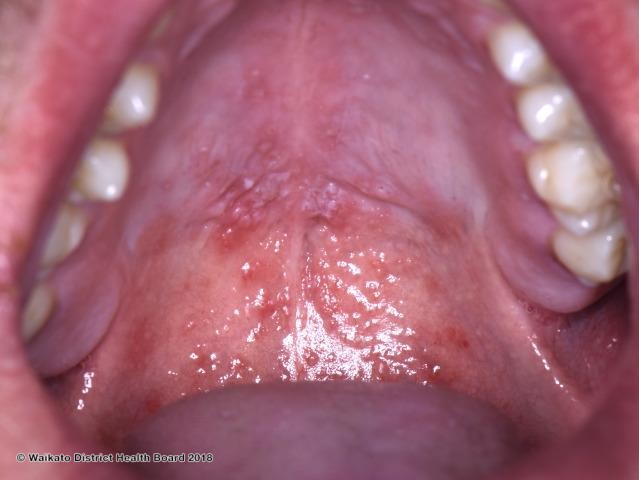



Try to stop your child from scratching or picking at the spots. To reduce the spread of molluscum contagiosum to other children, don’t let your child share towels, clothes and baths. Molluscum contagiosum can spread to other places on your child’s body or to other people, including other people in your household, and other carers and children. Preventing the spread of molluscum contagiosum No treatment is totally effective for this condition, so it’s possible that your child might not get the results you’re hoping for. When you’re thinking about a molluscum contagiosum treatment for your child, it’s a good idea to weigh the costs and side effects against the possible benefits. If your child has eczema as well as molluscum contagiosum, your doctor will treat the eczema with an appropriate corticosteroid cream or ointment, along with other general eczema treatment measures. Some of these treatments might also lead to scarring. Some children might find these treatments scary and painful. Other treatments include removing the central core of the spots with a needle, freezing the spots with liquid nitrogen, lasering the spots, or scraping the spots with a small surgical tool. Your GP will probably have to refer your child to a dermatologist for this treatment. It can also cause swelling and irritation before it heals.Ĭantharadin is a lotion that causes blisters to form under the spots so that the spots lift off. These can irritate your child’s skin, so it’s a good idea to talk through this option with your GP. Sometimes the GP might suggest a retinoid cream. You can do tape stripping at home, and you might need to do it several times. When you pull the tape off, the central core of the spots might pull off too. Your GP might suggest leaving sticky, waterproof tape on top of the spots for a few days. Your GP will help you decide what’s best for your child. There are several treatments for molluscum contagiosum, but no treatment is totally effective. reduce the risk of scarring – although some treatment options can cause scarring.reduce the risk of spreading molluscum to other people.reduce the risk of spots spreading to other parts of the body, like the eyelids, lips or nose, which are harder to treat.improve the way the spots look, particularly if the spots are somewhere obvious, like the face.The spots usually clear up by themselves, although this can take 6-9 months, or even a couple of years.ĭoctors sometimes recommend treatment for molluscum contagiosum. Many children don’t need treatment for molluscum contagiosum. If you think your child might have molluscum contagiosum, it’s a good idea to see your GP. But sometimes they can leave a pitted scar, like a chickenpox scar.ĭoes your child need to see a doctor about molluscum contagiosum? Often molluscum contagiosum spots disappear without leaving a mark. Eczema can develop in the surrounding skin. Molluscum contagiosum spots aren’t painful, but they can be itchy. Molluscum contagiosum spots usually come up on the face, neck, inner thighs or buttocks, but they can come up anywhere. The spots are usually 1-3 mm across, but they can get as big as 2 cm. Molluscum contagiosum shows up as clusters of small, red, pink, flesh-coloured or pearly raised spots, often with a pit in the centre. Once someone gets infected with the virus, symptoms usually appear within 2 weeks, but they can take up to 6 months to appear. Molluscum contagiosum can also spread when children touch the infected area and then touch different parts of their bodies. This could be another child, infected towels or contaminated water. Molluscum contagiosum spreads when children come into contact with an infected source. It’s common in children and not dangerous.
#Rash on buttocks crack pictures skin#
Molluscum contagiosum is a skin infection.


 0 kommentar(er)
0 kommentar(er)
